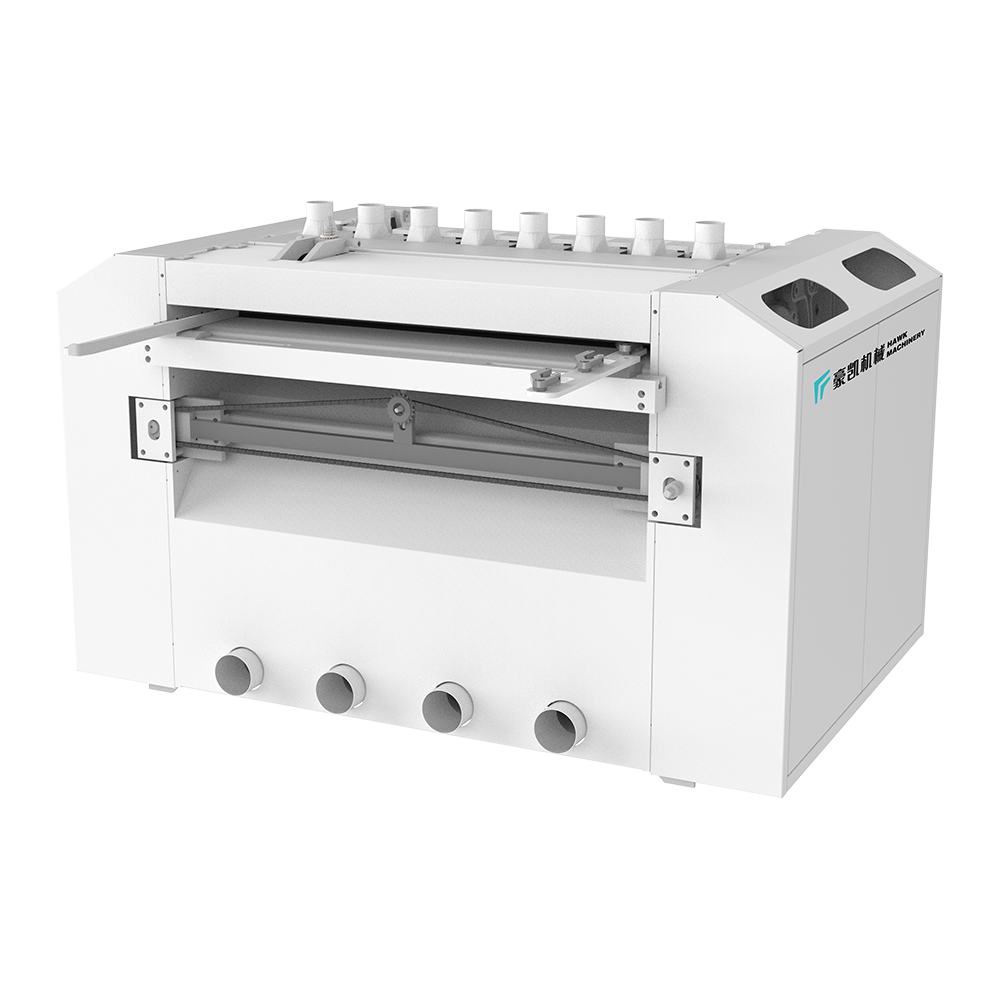Floor slotting line (double end tenoner)
The product can slot the floor vertically and horizontally. The machine series c...
See DetailsIn the world of flooring production, versatility isn’t just a luxury—it’s a necessity. Materials like SPC, LVT, WPC, laminated boards, multi-layer solid wood, and calcium silicate each bring unique characteristics that directly impact how they should be processed. A well-designed Multi Rip Saw Machine addresses these nuances, offering targeted solutions that ensure clean, accurate cuts while maintaining production efficiency. Understanding how different board compositions react to high-speed sawing is essential for manufacturers who need consistent quality across a diverse product line.
For instance, SPC and LVT boards, known for their rigidity and layered construction, demand extremely stable feeding and precise blade alignment to avoid chipping or microfractures. The rigid PVC content in these materials can be sensitive to heat buildup during sawing, which makes efficient dust removal and optimal feed rates essential. In contrast, WPC, with its wood-polymer blend, is more forgiving in terms of vibration but can be prone to fraying at the edges if the cutting setup isn't properly calibrated. That’s why a Multi Rip Saw equipped with upper and lower roller drives is ideal—it maintains pressure balance and minimizes material deviation during cutting.
When it comes to laminated and multi-layer solid wood flooring, the challenge often lies in maintaining alignment through the layers to avoid tear-out or delamination. These materials can vary in density and grain structure, and a high-quality multi rip system compensates for this by offering consistent blade pressure and variable feed speeds. This level of precision is particularly important for premium wood floor products, where visual and structural integrity directly influence brand value. Manufacturers aiming to maintain a high-end product line can't afford irregular cuts or inconsistencies that could lead to increased waste or costly rework.

Calcium silicate panels, though less common in traditional flooring, are seeing increased use in decorative wall and flooring applications due to their durability and fire resistance. However, their brittle nature means that sawing must be extremely controlled—excessive pressure or uneven feed can easily cause edge crumbling. In these cases, the mechanical balance and strong frame of a professional-grade Multi Rip Saw Machine become critical. The ability to handle varying material hardness with stability is not just a feature—it's a cornerstone of high-throughput, low-defect manufacturing.
What sets an industrial-grade multi rip apart in such scenarios is the flexibility it offers through modular blade configurations and adaptable transmission systems. Being able to reconfigure the machine based on material type allows manufacturers to shift seamlessly between production batches without excessive downtime. It’s a feature that doesn't just save time—it unlocks competitive advantage. After all, in an increasingly demanding market, the ability to deliver customized flooring solutions quickly and reliably can define your business success.
For businesses looking to scale while maintaining craftsmanship, choosing the right Multi Rip Saw Machine isn't just about cutting wood—it's about choosing a long-term partner in precision and productivity. With the right setup, you’re not only maximizing the use of raw materials but also opening up a wider range of offerings for customers who demand durability and design. As manufacturers ourselves, we know what it takes to align machine performance with material potential—and we build our machines to help you do exactly that.